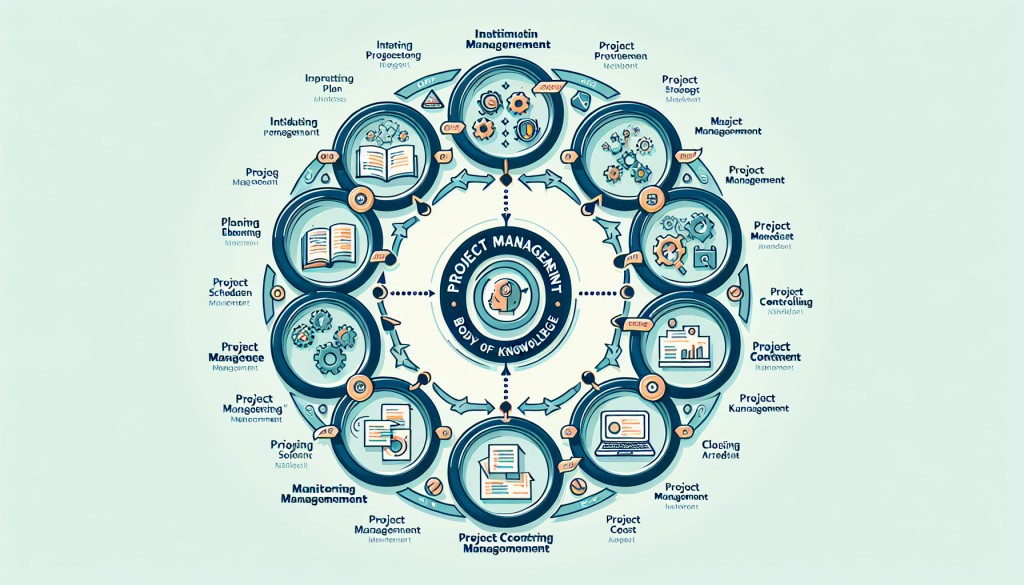When it comes to implementing the Project Management Body of Knowledge (PMBOK) framework, there are several common mistakes that many project managers make. By avoiding these pitfalls, you can ensure a smoother and more successful project management process.
The first mistake to avoid is failing to fully understand the PMBOK framework. It is essential to thoroughly familiarise yourself with the key concepts, processes, and best practices outlined in the PMBOK guide in order to effectively apply it to your projects. Without a solid understanding of the framework, you may struggle to implement it correctly and may not reap the full benefits it has to offer.
Another mistake to avoid is trying to apply the PMBOK framework rigidly and inflexibly. Understanding the Core Principles of PMBOK . While the framework provides a valuable set of guidelines and processes, it is important to remember that every project is unique and may require some degree of flexibility in its application. Being too rigid in your approach can stifle creativity and innovation, and may ultimately hinder the success of your project.
One common mistake that project managers often make is failing to engage stakeholders effectively. Stakeholder engagement is a crucial aspect of project management, and it is important to involve key stakeholders throughout the project lifecycle. By keeping stakeholders informed and involved, you can ensure that their needs and expectations are met, and that the project is aligned with their goals and objectives.
Another mistake to avoid is neglecting to properly define project scope and objectives. Without a clear understanding of the project scope and objectives, it is easy for projects to veer off course and for deliverables to become unclear or ambiguous. By taking the time to clearly define project scope and objectives, you can ensure that everyone involved in the project is on the same page and working towards a common goal.

One of the most common mistakes in project management is poor communication. Effective communication is essential for the success of any project, and failing to communicate effectively can lead to misunderstandings, conflicts, and delays. By establishing clear communication channels and keeping all team members informed and updated, you can avoid many of the common pitfalls that can derail a project.
Another mistake to avoid is failing to adequately plan and manage project risks. Every project comes with a certain degree of risk, and it is important to identify, assess, and manage these risks throughout the project lifecycle. By proactively addressing potential risks and developing a risk management plan, you can mitigate the impact of unforeseen events and increase the likelihood of project success.
Finally, one of the most important mistakes to avoid when applying the PMBOK framework is failing to continuously monitor and evaluate project performance. Regularly tracking progress, monitoring key performance indicators, and evaluating project outcomes is essential for identifying issues and making adjustments as needed. By staying vigilant and proactive in monitoring project performance, you can quickly address any issues that arise and ensure that your project stays on track.
In conclusion, by avoiding these common mistakes when applying the PMBOK framework, you can improve the likelihood of project success and ensure a smoother and more efficient project management process. By understanding the framework, being flexible in its application, engaging stakeholders effectively, defining project scope and objectives clearly, communicating effectively, managing project risks, and monitoring project performance, you can set yourself up for success and achieve your project goals.